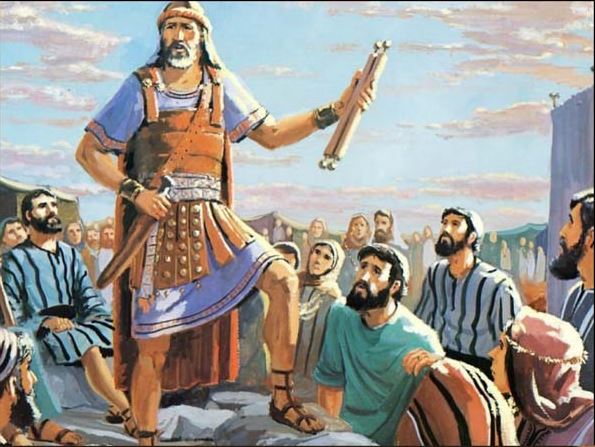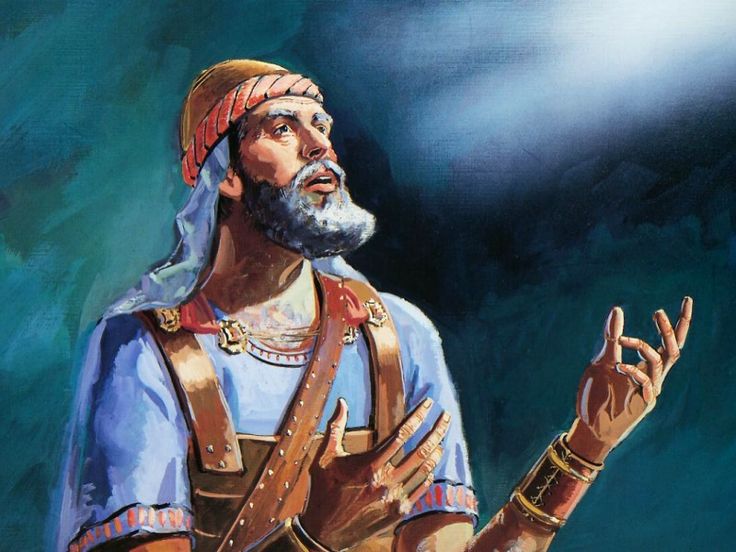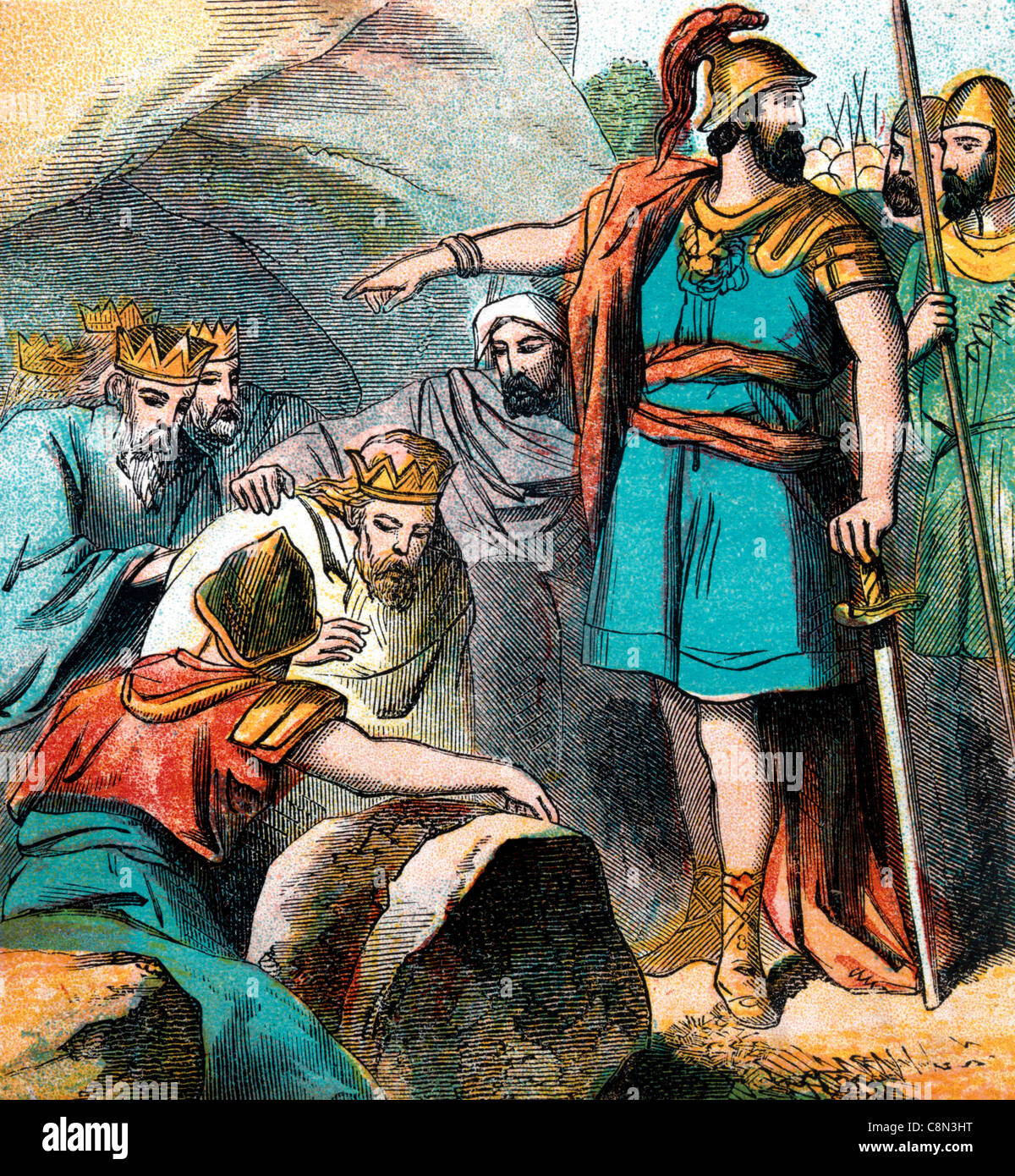Stepping into Joshua Tree National Park is, quite simply, an experience that stays with you. This incredible place, part of California's vast Mojave and Sonoran deserts, offers scenery unlike anywhere else. It is truly an incredibly beautiful destination, drawing visitors from all over who want to see its unique landscapes. For anyone with a camera, or even just a smartphone, the park presents endless opportunities to capture some truly stunning visuals. You'll find yourself reaching for your camera at every turn, that is for sure.
The park is well-known for its distinctive Joshua Trees, which are native to this desert environment. These fascinating plants give the park its name and, so, create a very unique backdrop for any picture. Beyond the trees, the area is also a popular playground for rock climbers, whose presence adds another layer of interest to the already dramatic geological features. There is a lot to see and photograph here, from wide-open desert vistas to close-ups of desert life.
Whether you're a seasoned photographer or just someone who loves taking pictures, exploring Joshua Tree through your lens is a rewarding pursuit. Our own gallery, featuring some of the most iconic and scenic vistas in the park, gives you a good idea of what to expect. We've gathered our own photos of Joshua Tree National Park in California, and many of these are available for stock purchase, too. This guide aims to help you find the best spots and get the most out of your photo adventure, apparently.
- Ray Stevenson Height Weight Net Worth Age And Birthday A Detailed Profile
- Oklahoma Aquarium In Jenks
- Detroit Metro Airport Detroit Mi
- San Francisco Federal Credit Union
- Bill Arriaga And Suzette Quintanilla A Marriage Of Love Culture And Legacy
Table of Contents
- Seeing Joshua Tree Through a Lens
- Where Two Deserts Meet: A Visual Story
- Finding the Best Photo Spots in Joshua Tree
- Photography Tips for Joshua Tree National Park
- Exploring the Park's Vast Expanse
- Frequently Asked Questions About Joshua Tree Photography
- Bringing the Beauty Home: Your Next Joshua Tree Photo Adventure
Seeing Joshua Tree Through a Lens
Joshua Tree National Park, with its distinctive trees and rugged rock formations, just begs to be photographed. It is a favorite destination for amateur and professional picture takers alike, you know. The way the light hits the rocks at sunrise or sunset, or the sheer scale of the landscape, makes for truly compelling imagery. There's a lot of visual drama here, which is why so many people come specifically to capture it. We found that, really, every direction you look offers a fresh perspective.
The park's vastness means there's always something new to discover, too. With 800,000 acres of beautiful terrain, it can feel overwhelming trying to decide where to point your camera first. That's why having a bit of a plan, or at least some ideas, can be quite helpful. Our gallery, showcasing 25 photos, aims to help you explore the stunning scenery, wildlife, and geological features of Joshua Tree National Park. It's almost like a visual roadmap for your own visit, in a way.
Many of our Joshua Tree photos are available for stock purchase, offering a chance for others to use these captivating scenes in their projects. You can also find a massive collection of free photos, with over 277,659 free images of Joshua Tree National Park available for download. These pictures, including many of the deserts, are part of a larger gallery by professional photographer QT Luong, which are available as prints or for licensing. It's a great way to see what's possible, or even just to enjoy the park's beauty from afar, apparently.
- Jill Clayburgh Biography Age Height Husband Net Worth
- What Does Sigma Mean In Slang
- Rock The South 2025
- Peaks Of Otter Lodge
- Mountain Dog Golden Retriever
Where Two Deserts Meet: A Visual Story
One of the most fascinating aspects of Joshua Tree National Park, visually speaking, is that it's where two distinct desert ecosystems come together. The Mojave Desert, with its higher elevation and cooler temperatures, is where you find the iconic Joshua Trees. The lower, hotter Colorado Desert, a part of the Sonoran Desert, has different plants like ocotillo and cholla cactus. This meeting point creates a varied landscape that photographers find very appealing, in some respects.
This unique blend of environments means a wider array of plant life and, too, different kinds of animals. Wildlife thrives here, even in temperatures that can go over 100 degrees. Capturing these creatures, whether it's a roadrunner darting by or a desert tortoise slowly moving along, adds a layer of life to your landscape shots. It's a challenge, yes, but a rewarding one for sure.
The park's story goes beyond just its looks. You can even jump into the world of Joshua Tree National Park with rangers Donovan Smith and Ian Chadwick, as they explore the park in a podcast. This kind of background information can really help you appreciate what you're seeing and, so, give your photos more depth. Knowing the history or the ecological significance of a place often helps you capture its true spirit, basically.
Finding the Best Photo Spots in Joshua Tree
Given that Joshua Tree National Park is huge, there is a lot to cover when it comes to finding those perfect photo opportunities. We've found that it helps to break it down. There are, typically, two separate lists below for the best photo spots in Joshua Tree, helping you plan your visit effectively. You want to make the most of your time, after all, and get those truly memorable pictures.
Iconic Views and Rock Formations
When you think of Joshua Tree, you probably picture those amazing rock piles and, of course, the trees themselves. Spots like Skull Rock, Jumbo Rocks, and Hidden Valley are incredibly popular for a good reason. These areas offer dramatic backdrops and interesting textures for your pictures. The way the light plays on these formations, especially early in the morning or late in the afternoon, can create truly striking images. It's almost like the rocks themselves are posing for you, you know.
Barker Dam, while not just rocks, offers a chance to photograph a rare desert water source, which can attract wildlife. The Cholla Cactus Garden, too, presents a very different, yet equally compelling, landscape. Its dense collection of "jumping" cholla cacti makes for visually interesting patterns and, so, unique compositions. Just be careful not to get too close! It's a very beautiful spot, but also a bit prickly, literally.
Keys View offers a panoramic vista that stretches for miles, giving you a chance to capture the sheer scale of the park. From here, you can see the Coachella Valley, the Salton Sea, and even distant mountain ranges. It's a perfect spot for wide-angle shots, especially at sunset, when the sky can put on a truly spectacular show. Many people consider this a must-see for any photo trip, as a matter of fact.
Capturing the Desert Flora and Fauna
Beyond the famous trees, the park is home to a surprising variety of plant life. From delicate wildflowers that bloom after a good rain to hardy cacti, there's a lot to focus on for macro photography or simply to add foreground interest to your wider shots. The textures and colors of these desert plants are, frankly, quite beautiful on their own. You might find yourself spending a good amount of time just looking at the details, apparently.
Wildlife in the park can be a bit shy, but with patience, you might spot some interesting creatures. Lizards, birds, and even larger animals like bighorn sheep or coyotes make their home here. Capturing them in their natural habitat can be a real thrill. Remember to keep a respectful distance and, too, use a telephoto lens if you have one. The park's volunteers work to build the park's public domain photo library, and these often include amazing shots of the local animals, so it's worth checking out.
Night Sky and Astrophotography Opportunities
Joshua Tree National Park is an International Dark Sky Park, meaning it has exceptional quality night skies. This makes it an absolutely incredible spot for astrophotography. The Milky Way, shooting stars, and countless constellations are all visible here, far away from city lights. Getting shots of the Joshua Trees silhouetted against a starry sky is, for many photographers, a highlight of their visit. It's a very peaceful and, too, awe-inspiring experience.
To capture the night sky, you'll need a sturdy tripod, a camera that performs well in low light, and a wide-angle lens. Planning your shot around the moon phase is also important; a new moon will give you the darkest skies, which is perfect for seeing the Milky Way. There are plenty of online resources to help you plan your night photography, and it's definitely something you should try if you get the chance, you know.
Photography Tips for Joshua Tree National Park
To truly capture the park's beauty, having a few photography tips in your pocket can make a big difference. We've learned a lot from our own visits and, so, want to share some advice to help you get the best possible pictures. It's not just about the gear; it's also about how you use it and when you choose to shoot, really.
Getting the Right Gear
While you can take good pictures with just a phone, having some specific camera gear can definitely enhance your results. A wide-angle lens is great for those expansive landscapes and, too, for night sky shots. A telephoto lens will help you get closer to wildlife without disturbing them. A sturdy tripod is nearly essential for low-light photography, like sunrises, sunsets, or astrophotography. Don't forget extra batteries, as they drain faster in extreme temperatures, and plenty of memory cards. A cleaning cloth for your lens is also a very good idea, as dust can be an issue in the desert, as a matter of fact.
Timing Your Shots for Best Light
The desert light is special, and timing is almost everything for photography here. The "golden hour," which is the hour after sunrise and the hour before sunset, provides soft, warm light that makes the rocks glow and the Joshua Trees look their best. The shadows are long and interesting during these times, too. Midday light can be very harsh, creating strong contrasts and flat-looking images, so it's generally best to avoid shooting then, or at least seek out shaded areas for your subjects. Early mornings can be incredibly peaceful, with fewer people around, which is great for getting undisturbed shots, you know.
Creative Angles and Compositions
Don't just stand and shoot straight ahead. Get low, get high, try different perspectives. Look for leading lines in the landscape, like a dirt road or a row of trees, to draw the viewer's eye into your picture. Frame your shots using the unique rock formations or the branches of a Joshua Tree. Think about the rule of thirds, placing your subject off-center for a more dynamic composition. Experiment with different depths of field; a wide aperture can blur the background and make your subject pop, while a smaller aperture keeps everything in sharp focus, which is great for landscapes. There are, apparently, endless ways to compose a shot in this park.
Exploring the Park's Vast Expanse
Joshua Tree National Park is truly enormous, offering a variety of experiences for visitors. You can explore 800,000 acres of beautiful terrain, where wildlife thrives even in temperatures over 100 degrees. This sheer size means you won't see it all in one day, or even in a few days. It encourages multiple visits, or at least a good plan for each trip. We found that picking a few areas to focus on for each visit really helps you get a feel for the place and, so, allows you to capture its essence.
Remember that the park's environment can be quite harsh. Always carry plenty of water, wear appropriate clothing, and let someone know your plans, especially if you're going off the main roads. Respect the natural environment; stay on marked trails and don't disturb the plants or animals. This helps keep the park beautiful for everyone, and for future photographers, too. It's a privilege to visit such a unique place, you know.
Frequently Asked Questions About Joshua Tree Photography
Many people have questions when planning a photo trip to Joshua Tree. Here are a few common ones:
What is the best time of year to photograph Joshua Tree?
The cooler months, from October to May, are generally best for visiting and photographing Joshua Tree. The temperatures are more pleasant for exploring, and the light is often softer. Spring, especially March and April, can bring wildflowers, adding lovely pops of color to your photos. Summer can be extremely hot, which is that, so it's typically best to avoid the middle of the day if you visit then, you know.
Are drones allowed in Joshua Tree National Park?
No, drones are not permitted in Joshua Tree National Park. National Park Service regulations prohibit the use of drones to protect wildlife, visitor safety, and the wilderness experience. It's important to respect these rules to keep the park a special place for everyone. There are, however, plenty of ground-level opportunities for stunning shots, apparently.
What are the most iconic photo spots in Joshua Tree?
Some of the most popular and visually striking spots include Skull Rock, Jumbo Rocks Campground, Hidden Valley, Barker Dam, and the Cholla Cactus Garden. Keys View offers an expansive panorama, and the many trails provide endless chances to find your own unique compositions. For night photography, any open area away from vehicle lights can be amazing, as a matter of fact.
Bringing the Beauty Home: Your Next Joshua Tree Photo Adventure
Joshua Tree National Park truly offers a visual feast, a photographer's dream, in a way. From its unique trees to its vast desert landscapes and incredible night skies, there's a picture waiting around every corner. We hope our gallery featuring some of the most iconic and scenic vistas has inspired you. Remember, too, that seeing the best photography spots, along with tips and gear advice, can really help you capture the park's beauty. For the first time, you might even get 1 free month of iStock exclusive photos, illustrations, and more, which is that, if you're looking for professional images.
Whether you're looking to enhance your personal collection, find images for your next project, or simply dream of visiting, the visual stories from Joshua Tree are compelling. Explore more about Joshua Tree National Park on the official site. You can also learn more about our site and find more travel inspiration on this page here. So, go ahead, browse or use the filters to find your next picture for your project, or start planning your own visit to this remarkable desert playground.
Related Resources:



Detail Author:
- Name : Zaria Nolan
- Username : vanessa27
- Email : lizeth.torp@swift.com
- Birthdate : 2007-05-25
- Address : 2987 Reinger Falls Suite 951 Armaniberg, IA 03032-0979
- Phone : (541) 731-2809
- Company : Gutmann Ltd
- Job : Media and Communication Worker
- Bio : Dolorem rerum eos adipisci eaque similique hic. Vitae dolorem commodi officia et. Ipsum beatae dicta magni doloribus.
Socials
facebook:
- url : https://facebook.com/mdooley
- username : mdooley
- bio : Dolore ab neque corrupti saepe corrupti aliquid esse ullam.
- followers : 6079
- following : 869
linkedin:
- url : https://linkedin.com/in/monserrat8252
- username : monserrat8252
- bio : Harum inventore quo id.
- followers : 1185
- following : 1186
instagram:
- url : https://instagram.com/dooley1970
- username : dooley1970
- bio : Perferendis vel iure omnis voluptatibus. Aut veritatis et nihil dolor mollitia et.
- followers : 2829
- following : 1672
tiktok:
- url : https://tiktok.com/@dooley1989
- username : dooley1989
- bio : Et sunt facere soluta beatae minus. Qui veritatis voluptas qui nostrum rerum.
- followers : 2357
- following : 2352